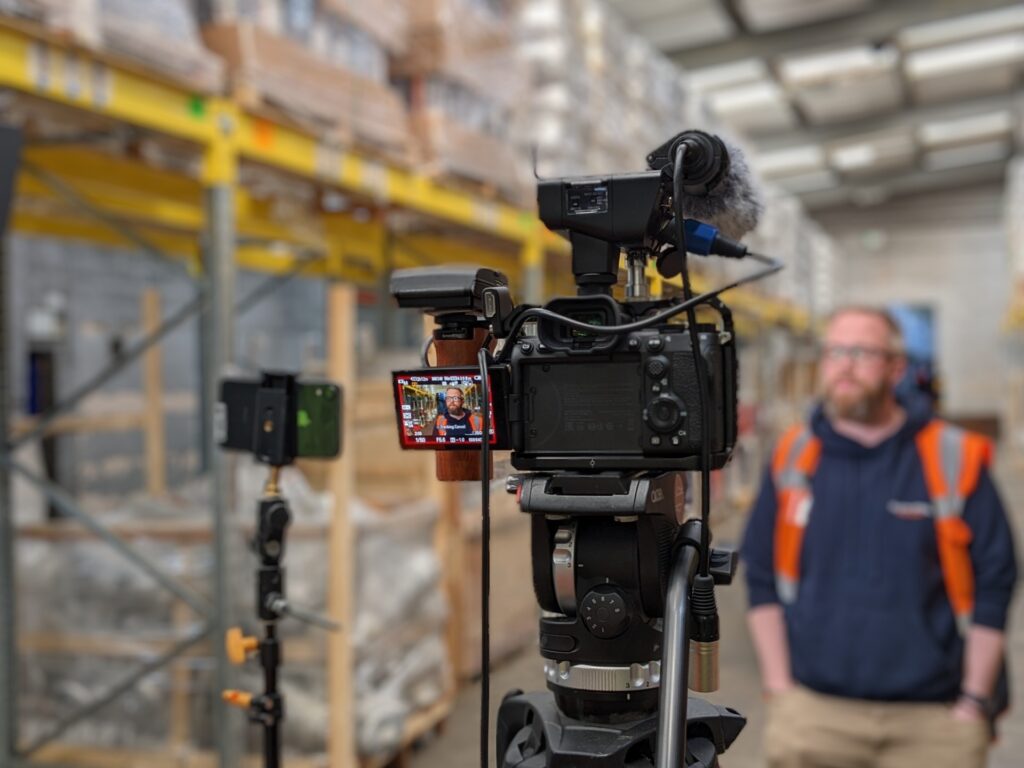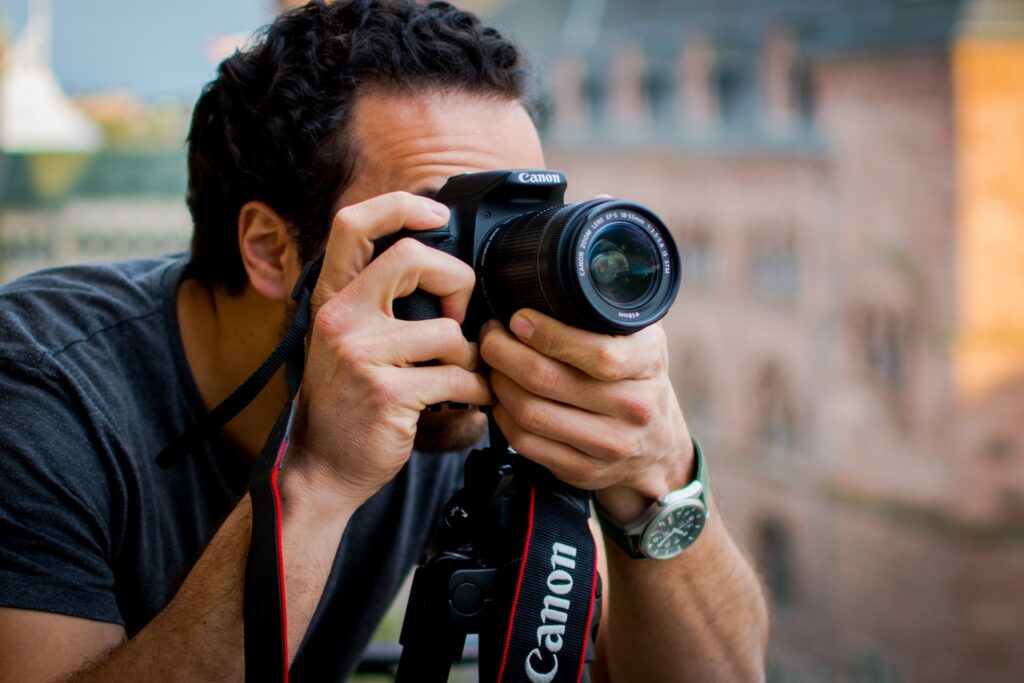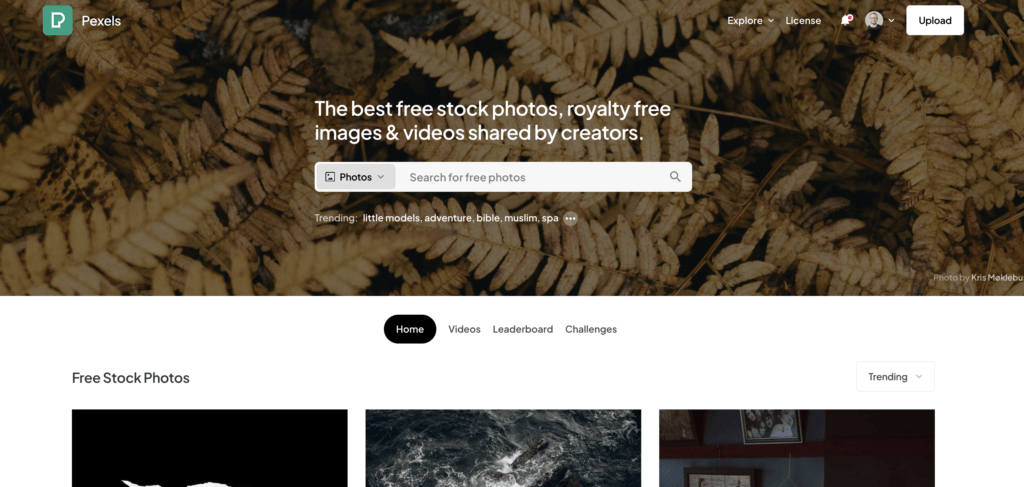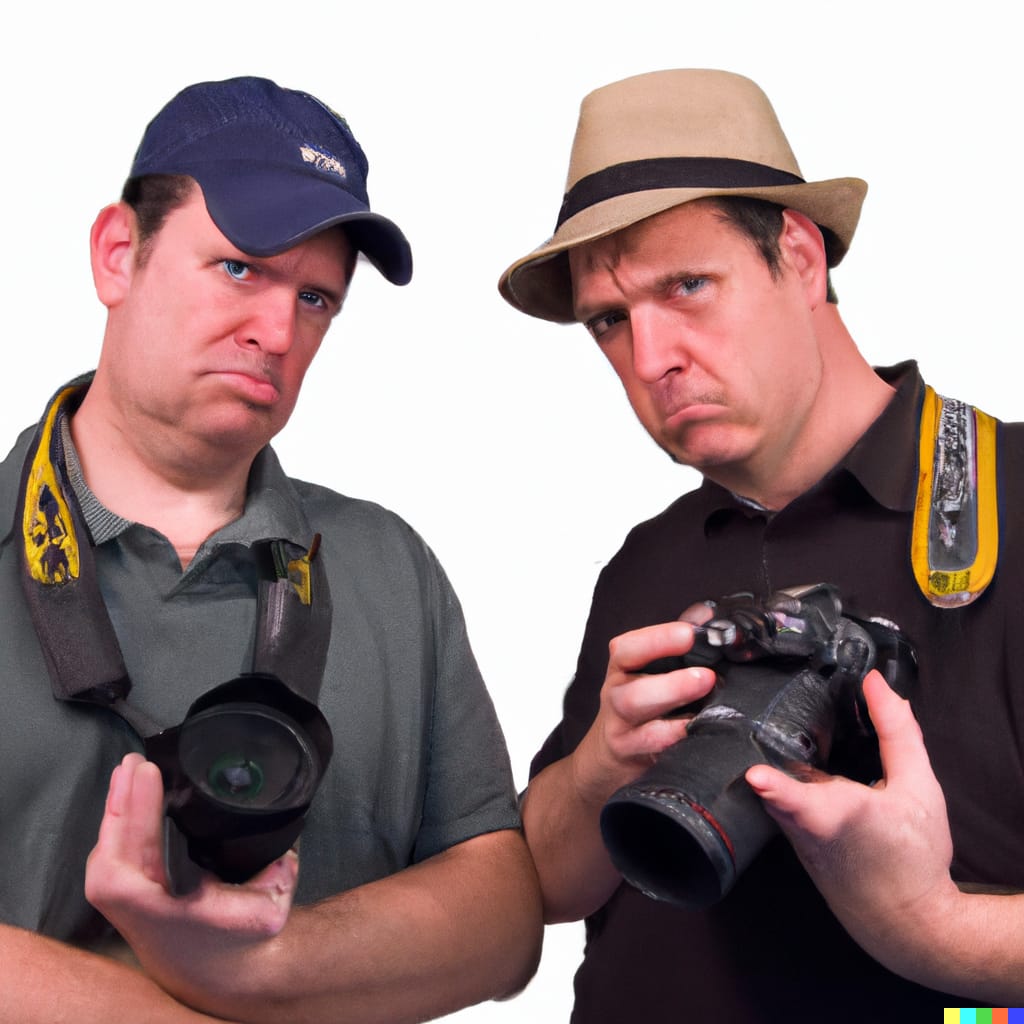As a general rule, an image or artwork is owned by whoever made it, and no one else should use it without their permission.
That all sounds straightforward but copyright law has become a minefield in the age of social media.
With billions of people having the ability to publish pictures or videos at the push of a button, copyright is a mess of outdated, unenforceable – yet extremely important – laws that awkwardly conflict with what most people think is completely fine.
It’s a mess but we, as professional content producers, absolutely have to be on the right side of the law – even if it seems like nobody else is.
So here, in a nutshell is what we can and can’t do within copyright law.
Photo copyright explained
In principle, if a person takes a photo or creates any piece of artwork- it’s their property and they do whatever they’d like with it. They can publish it, share it to social media, let another publisher use it or sell it to anyone else who wants to use it.
But, even if a photo has been shared and republished by billions of other people, it still belongs to the person who took it.

That means that if you find exactly the image you’re after to illustrate a story, captivate your audience or promote your product, you must get the proper permission to use it, even if you’ve seen it elsewhere.
Sometimes, the copyright holder might also be the person who commissioned the image or the organisation that employed the photographer or artist if they did it in a professional capacity. But, generally speaking, every artwork is owned by someone – even if It doesn’t have a copyright notice or a copyright logo (©).
The cost of copyright infringement
If you were to go ahead and use a photo or piece of artwork without the appropriate permission, you will have infringed copyright.
As a result, the copyright holder would be able to demand that you purchase a licence (for however much they want) and take you to court if you refuse. If you lose there, you’d have to pay their legal costs and the cost of the image as well as other financial compensation.
But things get even more messy than that because in PR and marketing we also share images with other publishers, for example when creating adverts, sharing press releases or arranging features for websites, magazines or newspapers..
If we were to give a publisher an image without either us or the publisher having the proper permissions from the copyright holder, the publisher would be the ones in hot water. Naturally, they won’t be happy about that so they’d probably either force us to pay the price or they’d never speak to us again – I wouldn’t blame them if they did both.
This is why copyright is so important to get right.
So where can we get images from?
The simplest way of not coming a cropper is to take your own photos and create your own artworks, with you or your client as the copyright holder.
This is also the best option from a content creation perspective because it would ensure you also have really relevant images that would probably be more engaging than anything else you might use…. As long as it’s good quality.
To make sure you get a good photo, you could also hire a professional photographer, graphic designer or artist and commission them to do it for you. This way, you can make sure you have all the permissions you’d ever need as part of your contract with them.

If that’s not an option or it’s just not suitable for what you’re after, you can also buy someone else’s images.
There are huge libraries of stock images online, where you can search for the image you’re after and buy it, either as part of a subscription or for a one-off fee…. This is big business, and major magazines, sites and newspapers use these on a regular basis so they can be a great resource….
…BUT WAIT
While most stock image libraries will allow you to buy the permission to use the image yourself, you probably won’t have permission to share it with another publisher. That means you won’t be able to share it alongside a press release, you might be able to use it in an advert and you’ll probably also need to sufficiently credit the copyright holder and publish some required text.
So whenever you’re using stock images, you have to read the small print to work out exactly what you will and won’t be able to do with the image.
The low-cost solution to image copyright
If you’re reading this and you think this all sounds absolutely awful for content creators and marketers, fear not!
Firstly, most photographers and artists aren’t unreasonable and their costs aren’t too prohibitive, especially if you’re a small business or a charity and you ask nicely.
If you’re preparing content that also includes another organisation, you can ask them for any of their images they’re happy for you to use, and some organisations even have a bank of promotional images that can be used by other media although you do have to double check that your intended use fits with their terms.
There are also some great resources for free-to-use images. Websites like Pexels and Unsplash are stock image libraries where generous photographers have uploaded their work for just about anyone to use. Just be sure to read the small print to double check before you download and remember that it’s always nice to credit the photographer even if you don’t have to.

AI image generation
The possibilities of AI image generation are rapidly growing to the point where lifelike images can be made from just a few text prompts, helping you to get the images you’re after if you can’t get them in real life.
Currently, this is a bit of a grey area because copyright law is miles behind this technology. Arguably, as the person who entered the prompt to generate the image, you are the copyright holder, but AI models are trained by analysing millions of other people’s images, mostly without their permission so there is a risk – in theory – that an AI generated image may be a plagiarised copy of someone’s genuine property.
It’s also a bit sinister, with images often reinforcing societal stereotypes, giving unrealistic depictions and it can all feel a bit deceptive, especially if you’re using it for commercial purposes. Because of this, it’s best to use AI images sparingly and you should also label them as AI generated for good measure.
You should also have an eye on quality because AI images often look downright rubbish or they have very subtle but unnerving flaws…

What about memes?
Memes are a lot of fun, with iconic images being shared and shared again the world over, but how does that fit within copyright law?
Somewhere along the line, every meme is someone’s property however, there are some handy exemptions in UK copyright laws which make it ok to create and share memes (sometimes).
This is because copyright is exempt “for the purposes of caricature, parody or pastiche”, making it ok for people to create and share memes from copyrighted material for fun. However, this is only ok if it can be considered “fair dealing”, meaning it doesn’t impact the rights holder and only a minimal and ‘insubstantial’ quantity of the material, such as a screenshot or a clip, is republished.
Importantly, this doesn’t allow for content to be copied or republished for commercial purposes so businesses should generally steer well clear of any memes they don’t own the rights to.
Copyright is complicated, eh?
There are also other exemptions to copyright, such as exemptions for educational purposes, non commercial research and private study, text and data mining, criticism and review as well as the reporting of current events. There are also exemptions to help people with disabilities, plus some sensible exemptions to let you record TV shows on your smart TV, for example, but none of these are of much help to marketers.
It’s for these reasons that we have to be especially wary of copyright in PR and marketing because getting it wrong could be very costly.
Plus, we’d be just as annoyed if people started nicking photos and graphics belonging to us so it’s only right that these laws exist.
If you’d like help promoting your brand without breaking the law, get in touch!



